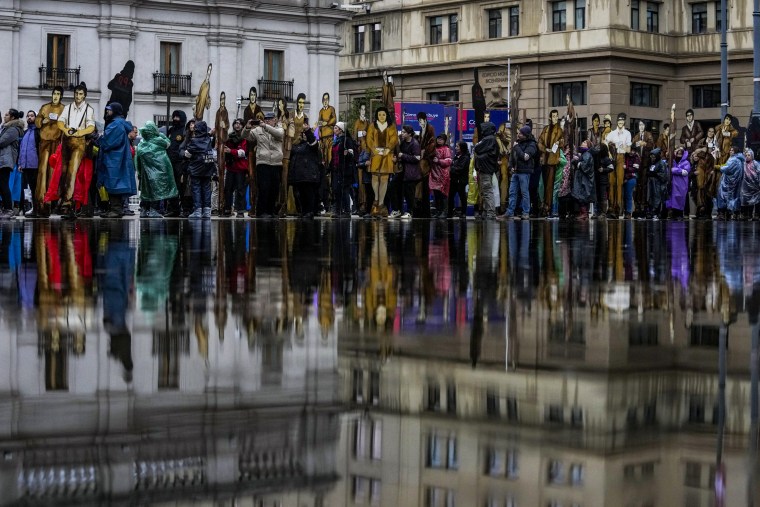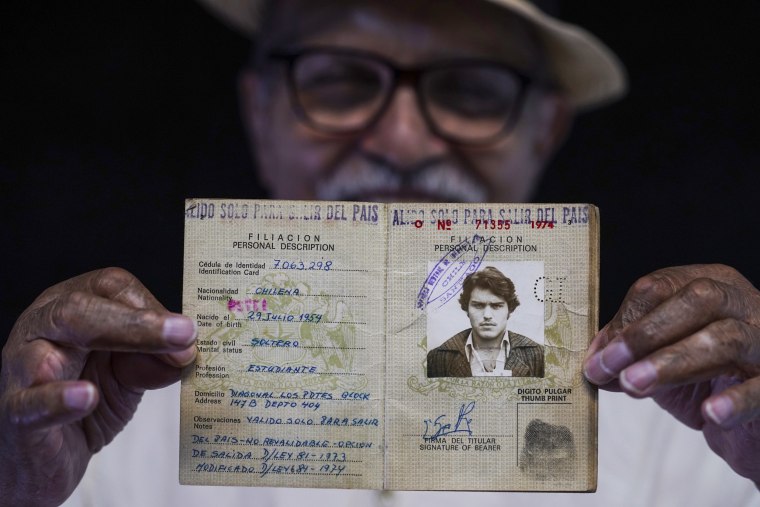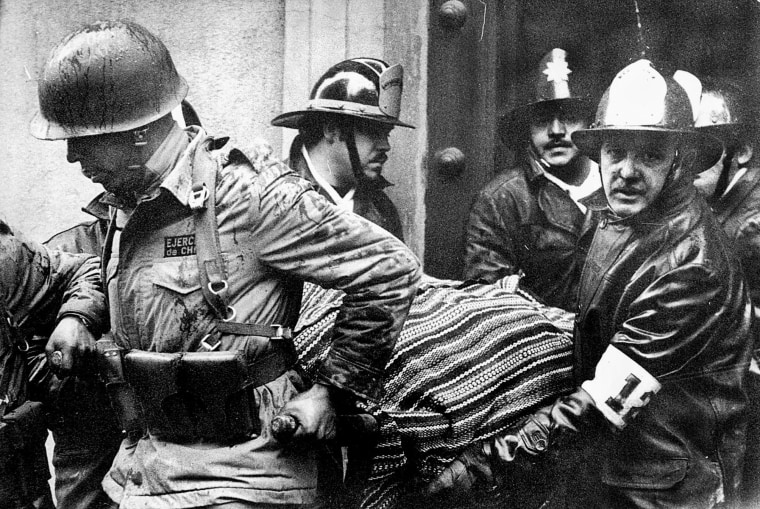Fifty years ago, Chile began the darkest period in its modern history.
On Sept. 11, 1973, Gen. Augusto Pinochet led a military coup that included the bombing of La Moneda, the presidential palace in the capital of Santiago, where President Salvador Allende had taken refuge.
Allende, a socialist who had won the presidency in 1970, died by suicide during the assault that ended his three-year administration, which was marked by economic turmoil and conflict with Washington over fears he would install a communist government.
The Associated Press registered in images what happened after the coup.
A junta, led by Pinochet, proceeded to pursue free-market reforms that included privatization of state companies, and it severely limited political freedoms and repressed opposition to the military government. Street protests were brutally broken up, and opponents were sent to detention centers where they were tortured. Thousands were killed and disappeared.
At least 200,000 Chileans went into exile.

Ivonne Saz, 75, José Adán Illesca, 74, and Sergio Naranjo, 69, were expelled from their homeland after enduring months-long detentions as members of Chile’s Revolutionary Left Movement, a guerrilla group that no longer exists.
All three went to Mexico, where they began a new life and where they continue to live. Being exiles had made them question who they were.

“This idea of exile, you feel devastated, you feel like your identity is being stolen,” Naranjo recalled. “It’s a loss of your identity.”
During the dictatorship, relatives of the disappeared took to the streets holding photos of missing loved ones and demanding answers. Late last month, leftist President Gabriel Boric unveiled what will effectively be the first state-sponsored plan to try to locate the approximately 1,162 dictatorship victims still unaccounted for.

As the years went by, opposition to the junta grew and numerous unsuccessful assassination attempts targeted Pinochet. In 1988, Chileans voted against extending his presidency and he stepped down in 1990. After that, Allende’s remains were taken from an unmarked grave and given a dignified burial.
Pinochet remained the army’s commander in chief until 1998 and later became a lifelong senator, a position he created for himself. He resigned that post in 2002 and died in 2006 without ever facing trial, although he was detained for 17 months in London on the order of a Spanish judge. He did not receive a state funeral.


